Creating a Soft Edge Blur Effect in After Effects
Blurring Edges Using Adjustment Layers and Masks
Blurring the edges of a video can help draw attention to the center of the frame, create a vignette effect, or achieve a soft cinematic look. This technique is commonly used in professional video editing to create depth and focus. Follow these steps to blur the edges of your footage in After Effects.
Get 10% off when you subscribe to our newsletter

Step 1: Import Your Footage
Go to File > Import > File, select your video, and drag it onto the timeline. This will be the base layer for the effect.
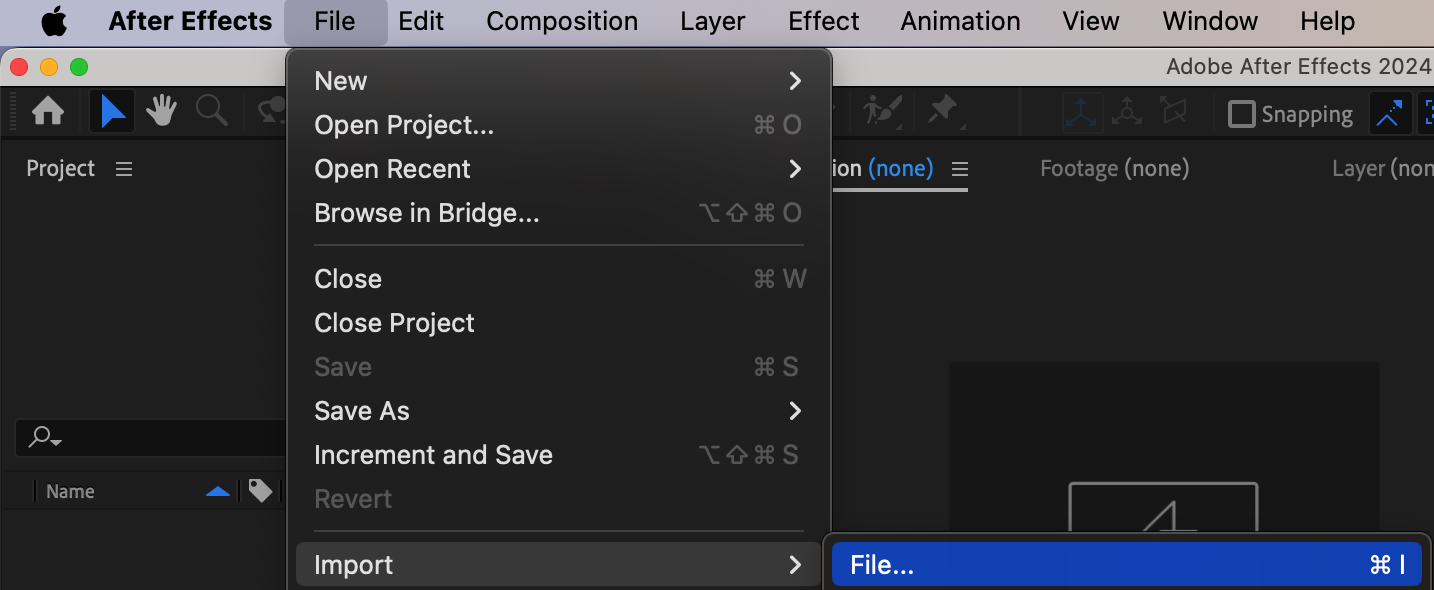
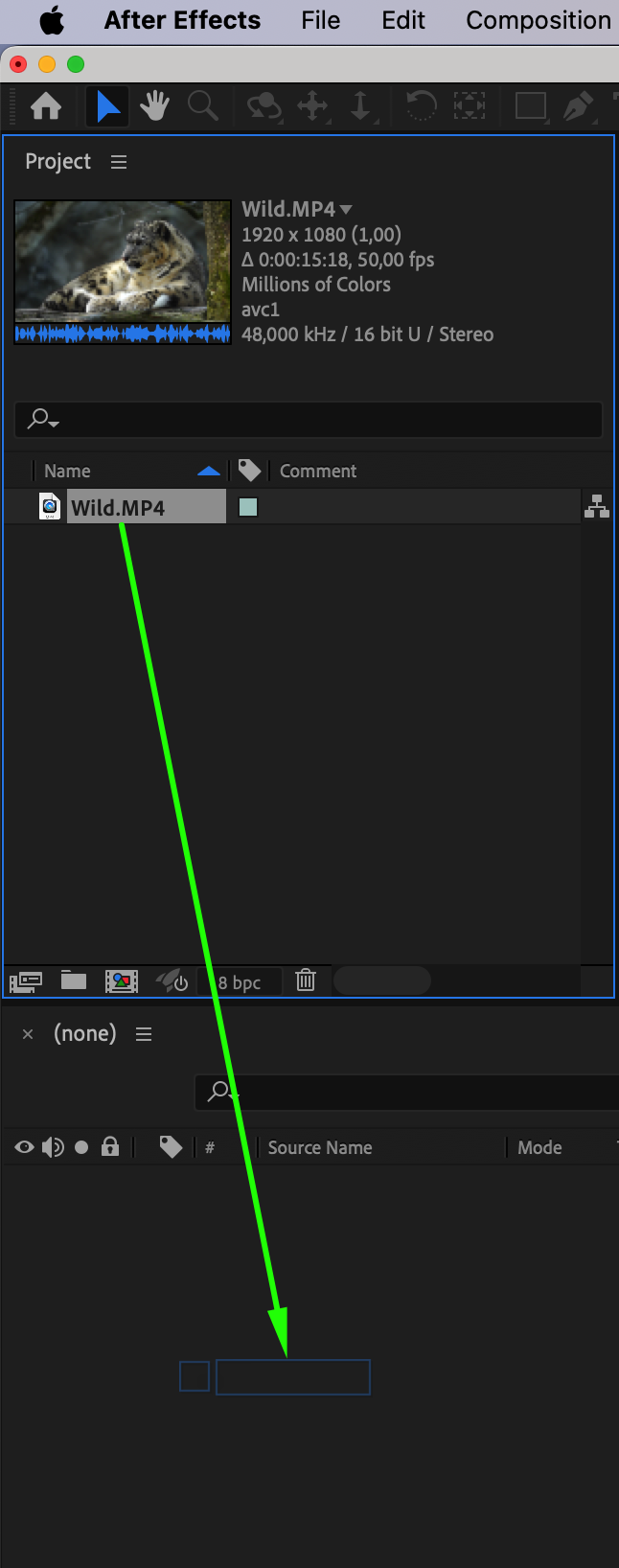
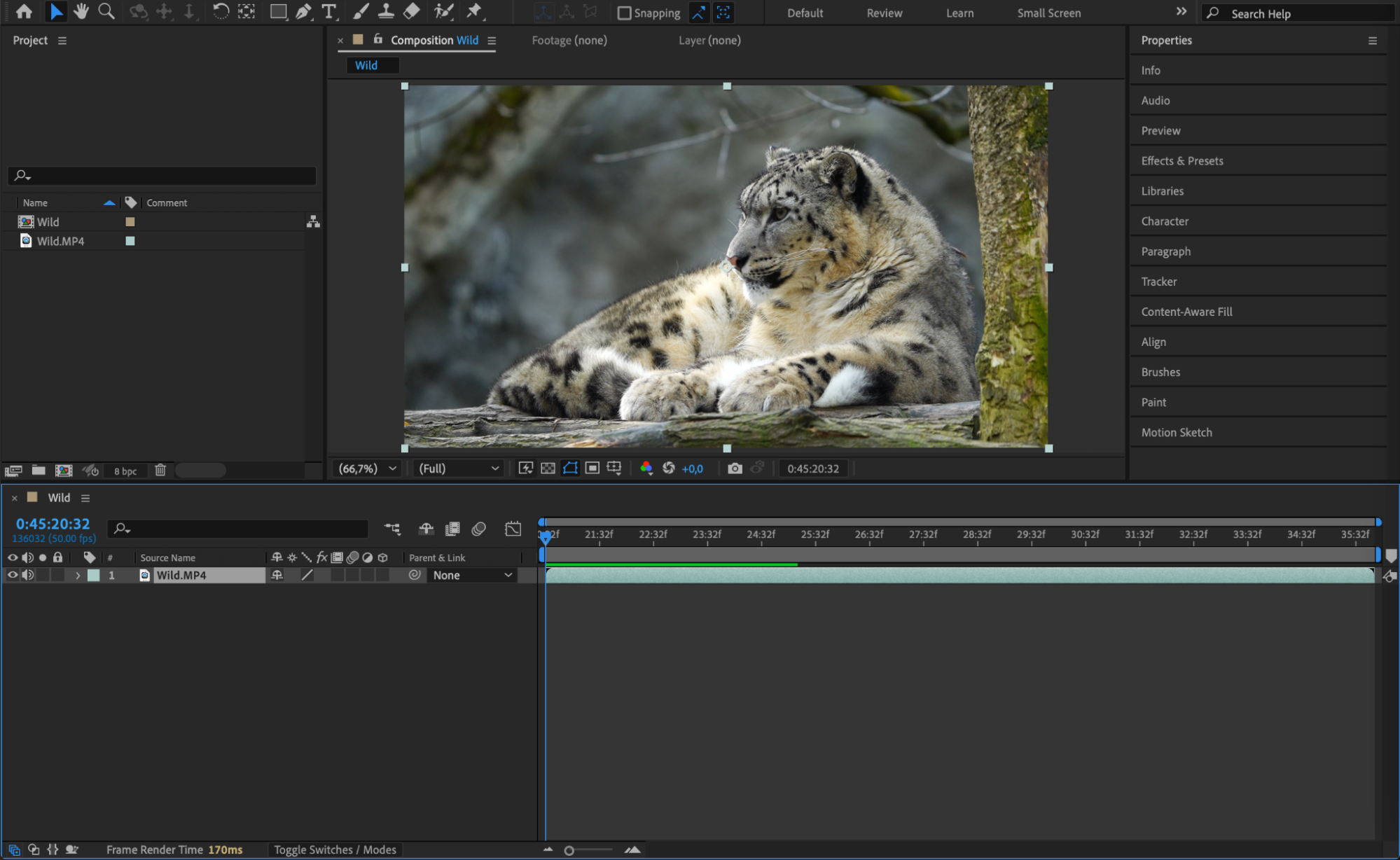 Step 2: Add an Adjustment Layer
Step 2: Add an Adjustment Layer
Go to Layer > New > Adjustment Layer. This layer will hold the blur effect, allowing you to apply it non-destructively. Step 3: Apply Gaussian Blur
Step 3: Apply Gaussian Blur
Go to the Effects & Presets panel, search for Gaussian Blur, and drag it onto the Adjustment Layer. This effect will create the soft blur.
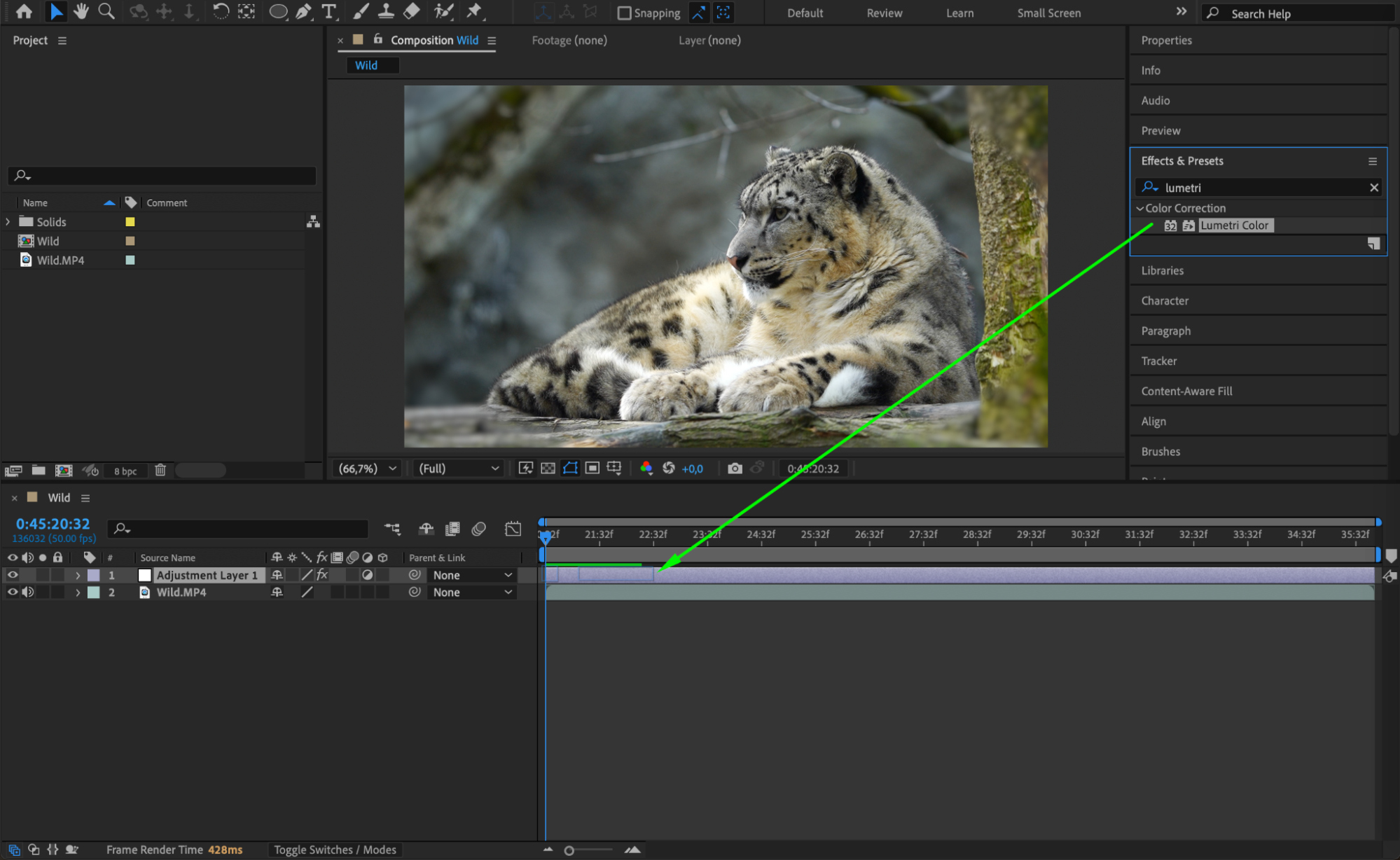 Step 4: Adjust the Blur Intensity
Step 4: Adjust the Blur Intensity
In the Effect Controls panel, increase the Blurriness parameter to soften the edges. Make sure to check Repeat Edge Pixels to avoid unwanted black borders.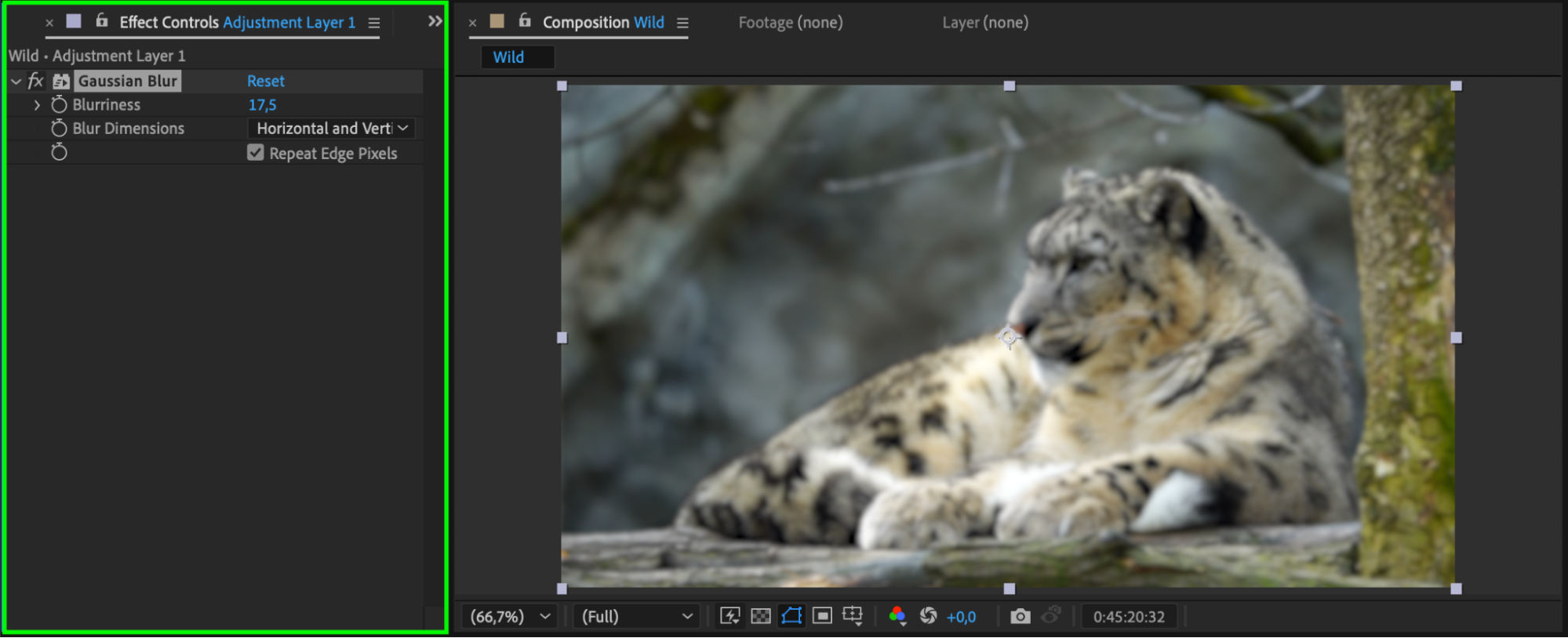 Step 5: Create a Mask to Define the Focus Area
Step 5: Create a Mask to Define the Focus Area
Select the Adjustment Layer, then choose the Ellipse Tool (Q) and draw a mask around the area you want to keep sharp. In the Mask Mode, select Subtract so the blur appears outside the masked area.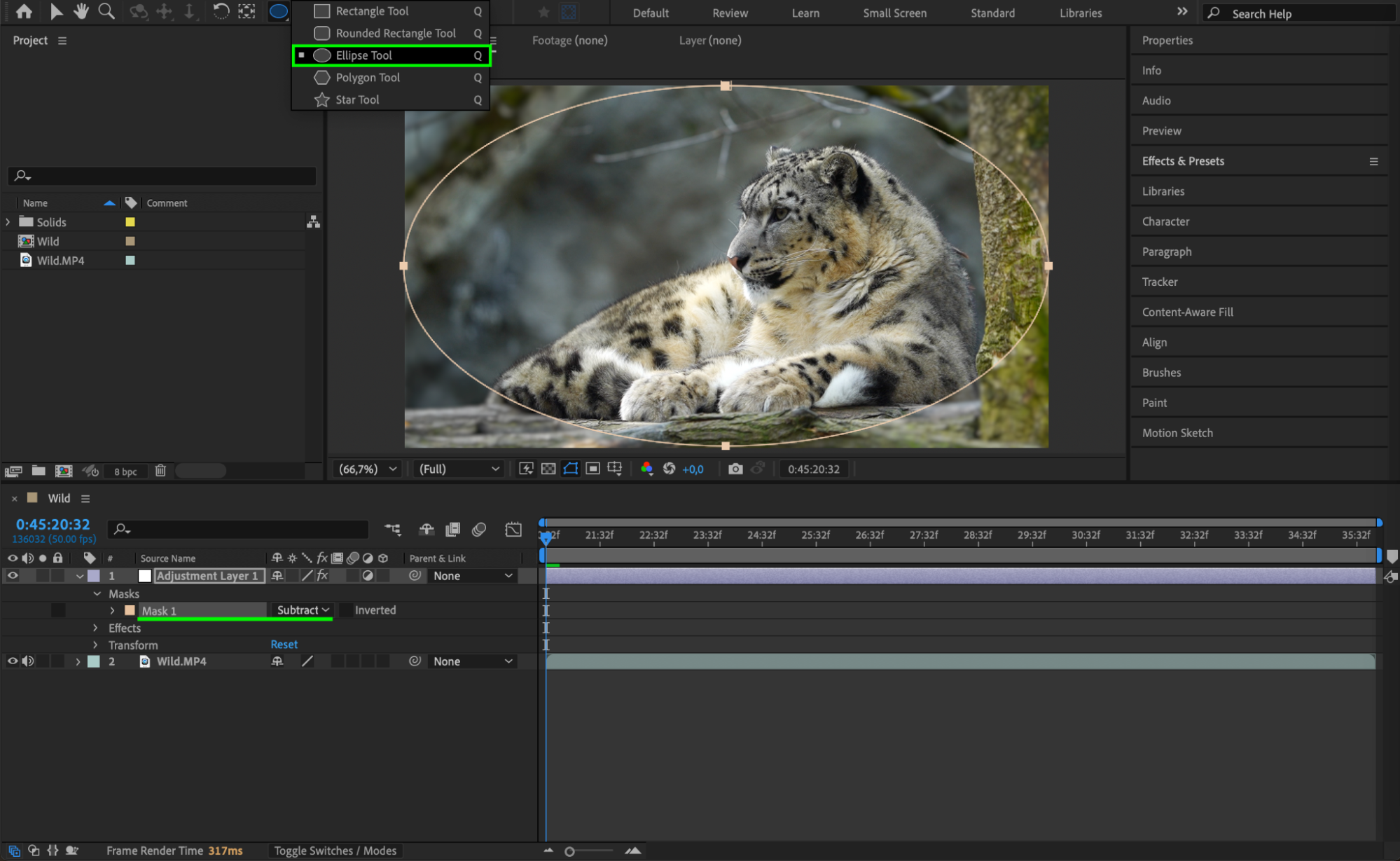 Step 6: Refine the Mask Feathering
Step 6: Refine the Mask Feathering
Expand the Mask Properties in the Timeline panel and adjust Mask Feather to soften the transition between the sharp and blurred areas. If necessary, tweak Mask Expansion to control the blur spread.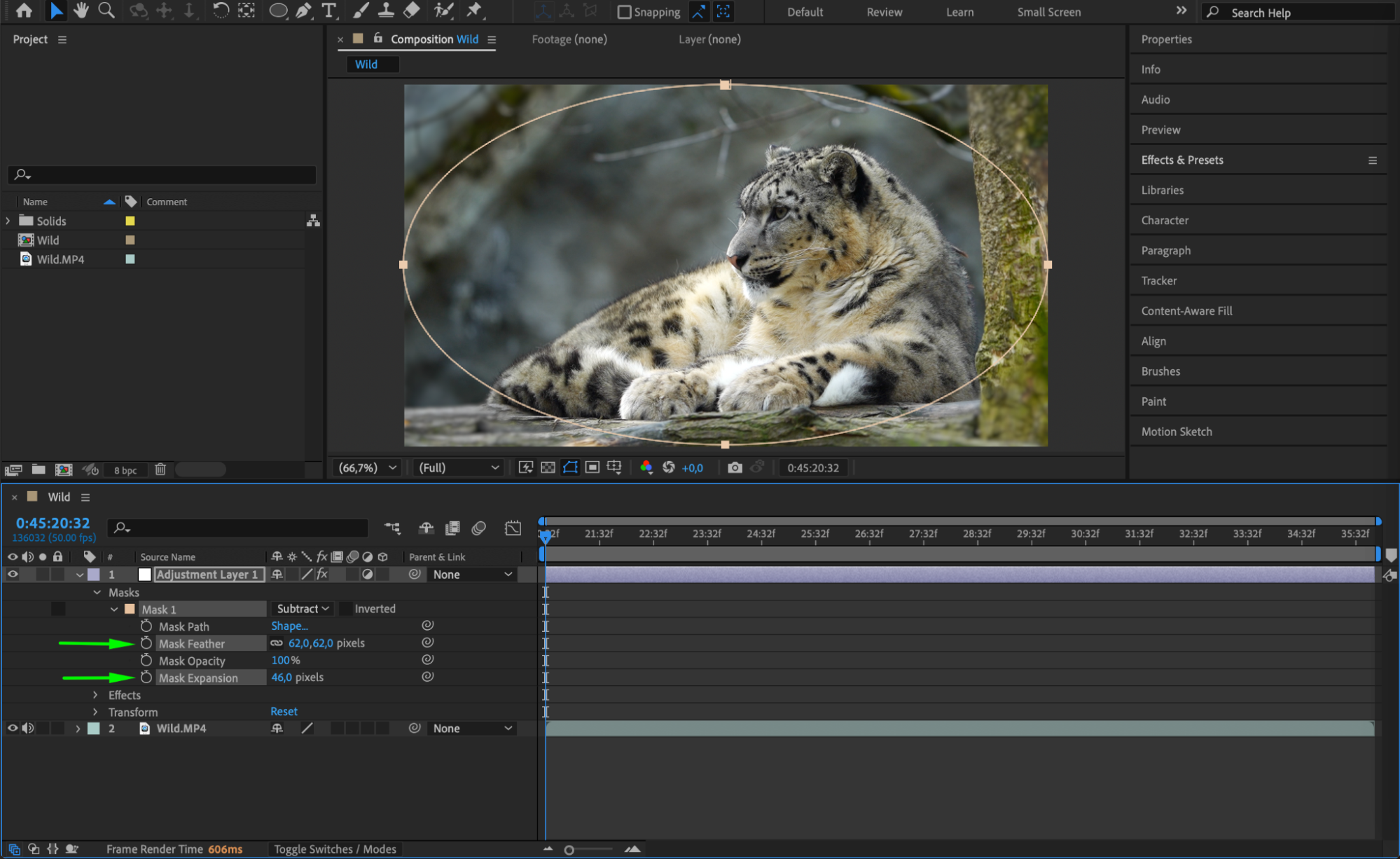 Step 7 (Optional): Add a Vignette Effect
Step 7 (Optional): Add a Vignette Effect
For a cinematic look, apply the Lumetri Color effect from the Effects & Presets panel. Adjust the Vignette settings to darken the corners and enhance the focus.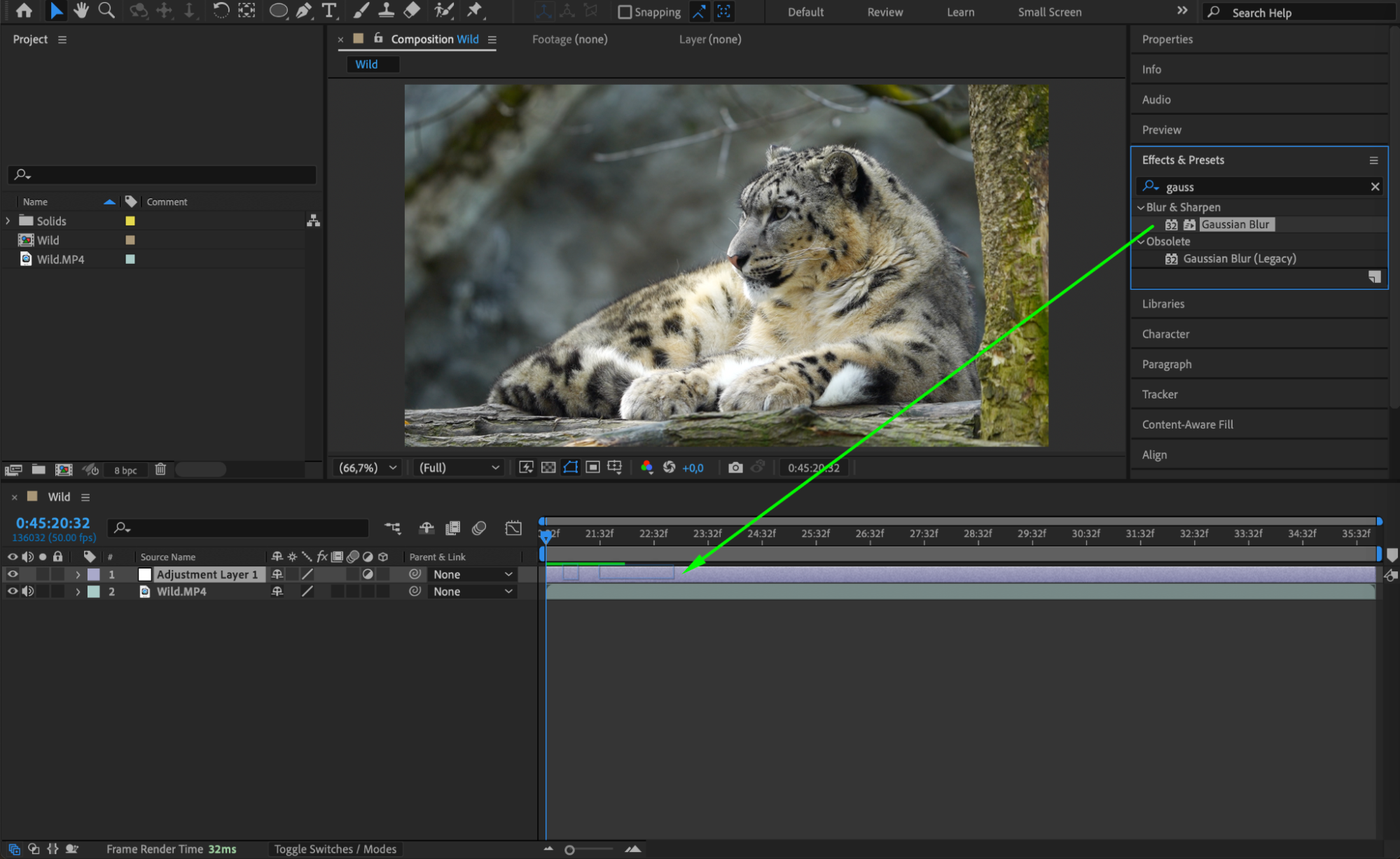
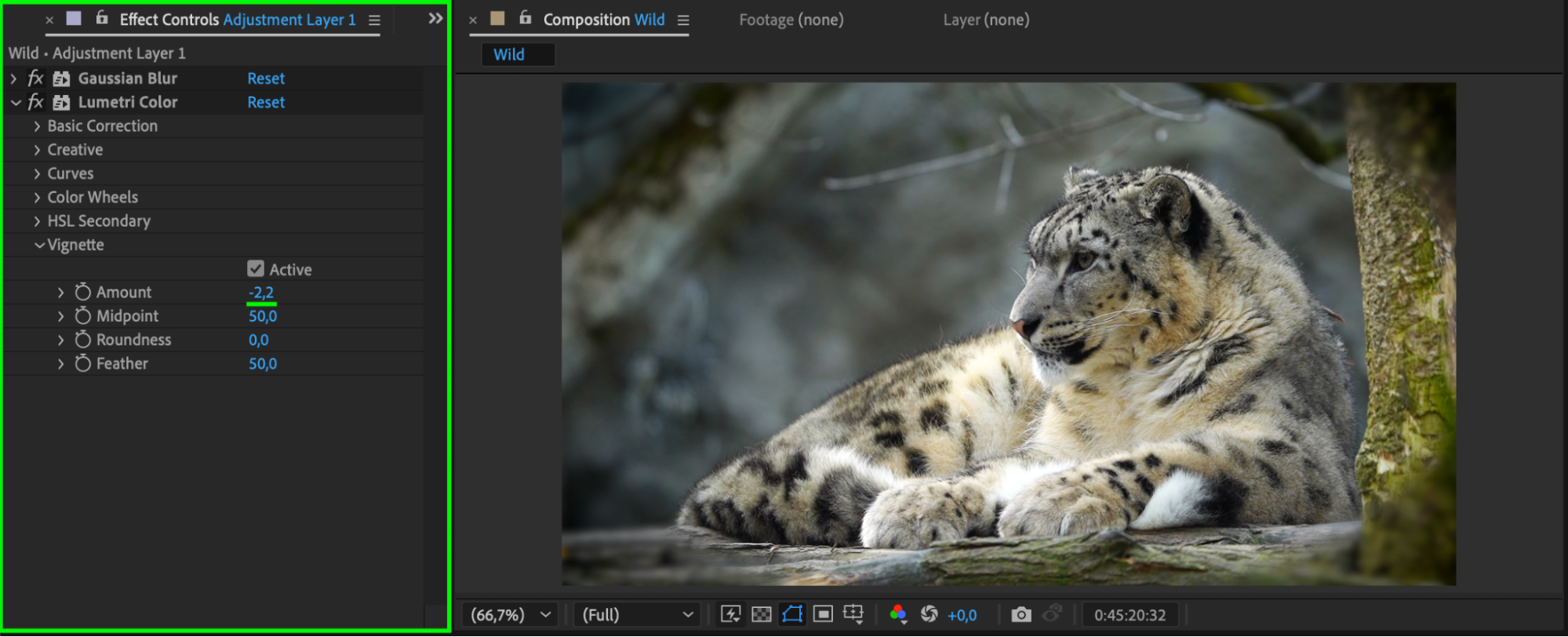 Step 8: Preview the Effect
Step 8: Preview the Effect
Press the Spacebar to play the composition and check how the blur effect appears. Adjust blur strength, feathering, or mask expansion if needed.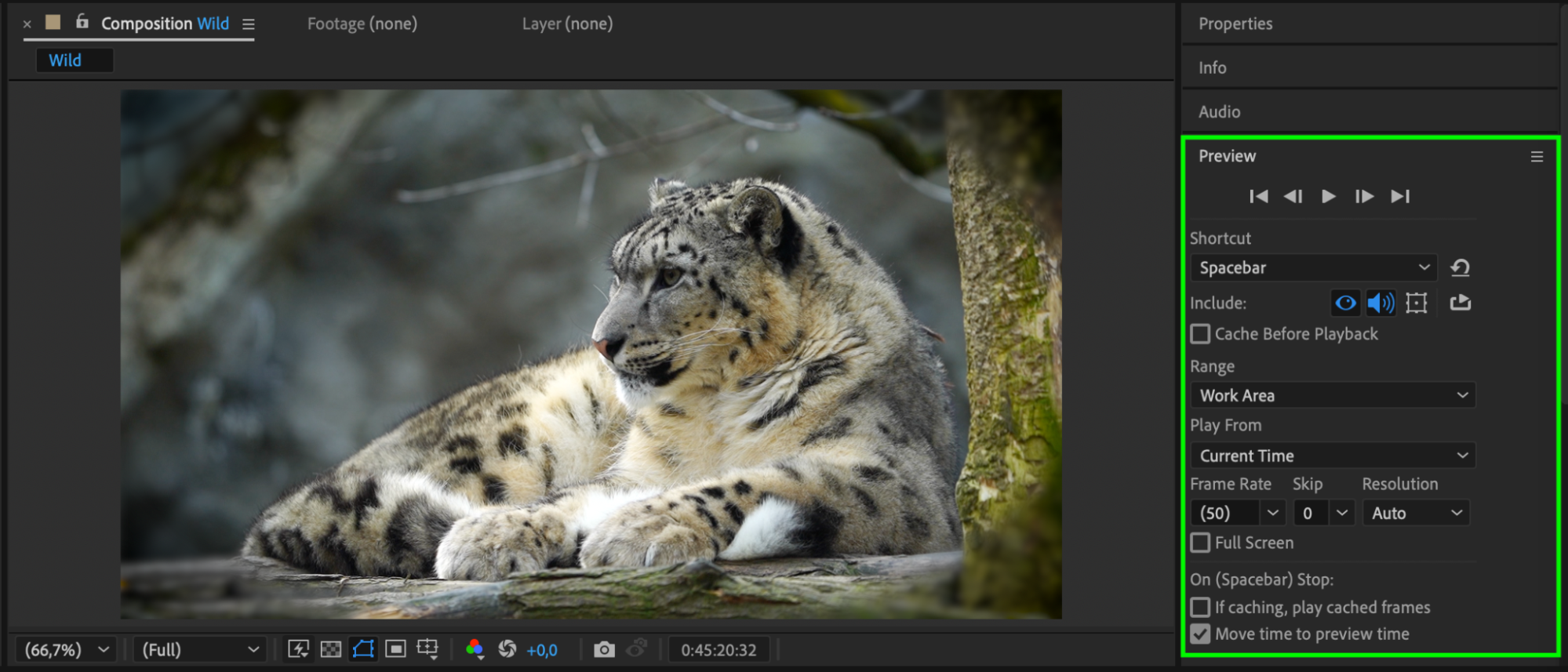
Step 9: Render the Final Composition
Go to Composition > Add to Render Queue, choose the preferred format, set the output location, and click Render to export your video.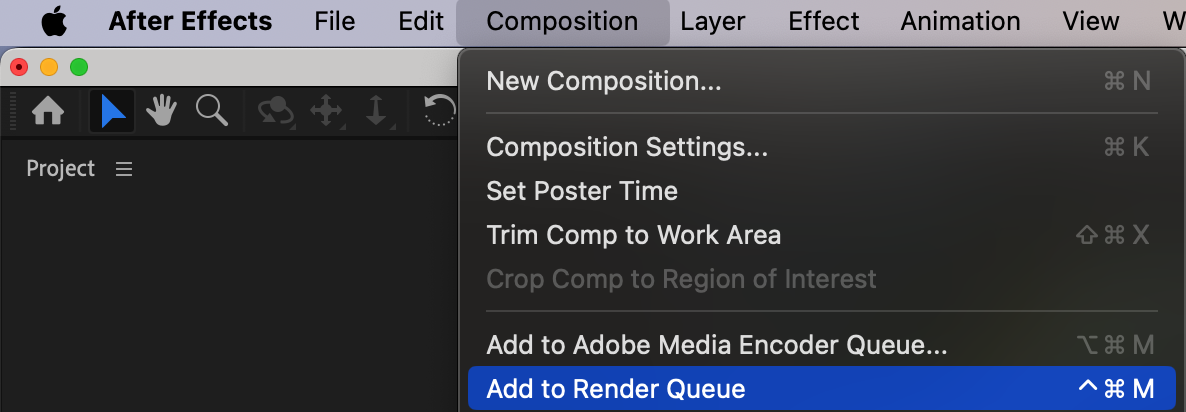
 Conclusion
Conclusion
Blurring edges in After Effects is a simple yet effective way to enhance video focus and aesthetics. By using adjustment layers, masks, and feathering, you can create professional-looking soft edges for any project.


